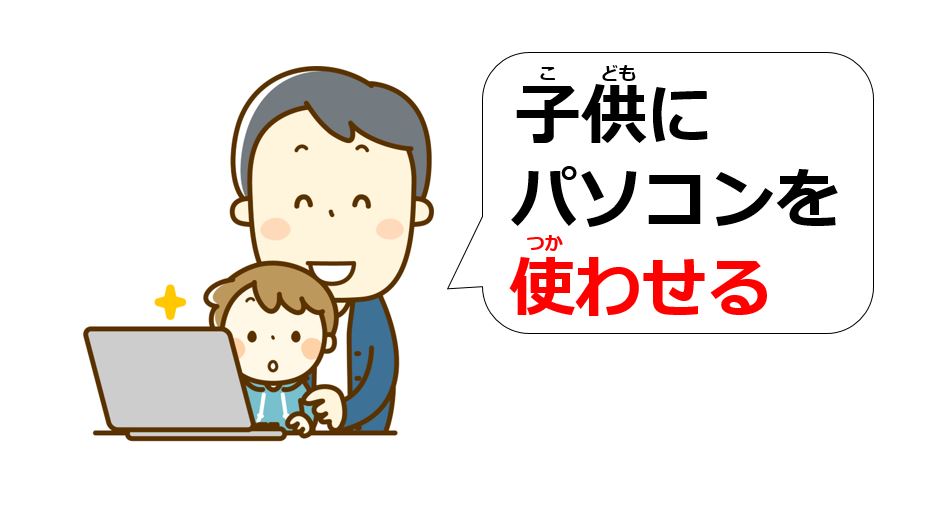Last time, you learned how to make passive sentences: 観光客に道を聞かれました (I was asked the way by a tourist). The particle に works to indicate the doer in this context. In other words, subjects and doers are different in passive sentences. In this lesson, you will tackle a similar structure: causative sentences.
Explanation for How Japanese Causative Form Works
| Table of Contents Conjugation Rule Sentence Patterns Causative-Passive Form |
In English, you express causative sentences by using causative verbs such as “let / make someone do something.” However, Japanese doesn’t have those kinds of verbs. Instead, we express causative sentences by conjugating verbs.
Conjugation Rule
Ru-verb: To Replace ru with saseru
| Plain | Causative | |
|---|---|---|
| To see, look, watch | 見る (miru) | 見させる (misaseru) |
| To wear | 着る (kiru) | 着させる (kisaseru) |
| To eat | 食べる (taberu) | 食べさせる (tabesaseru) |
| To answer | 答える (kotaeru) | 答えさせる (kotaesaseru) |
U-verbs: To Replace u with aseru
| Plain | Causative | |
|---|---|---|
| To write | 書く (kaku) | 書かせる (kakaseru) |
| To speak | 話す (hanasu) | 話させる (hanasaseru) |
| To stand | 立つ (tatu *tu = tsu) | 立たせる (tataseru) |
| To drink | 飲む (nomu) | 飲ませる (nomaseru) |
Two Exceptions
| Plain | Causative | |
|---|---|---|
| To do | する (suru) | させる (saseru) |
| To come | 来る (kuru) | 来させる (kosaseru) |
With u-verbs, you may sometimes hear this kind of conjugation: 書かさせる and 立たさせる. The additional さ is grammatically wrong, but recently used by some people in conversation.
[adsense]
Sentence Patterns
With Transitive Verbs
| [私 は / が] | 子供に | 運動を | させる / させます |
| [Topic / Subject] | Doer | Direct Object | Verb: Causative Form |
| [I] will let/make my child do exercises. | |||
With transitive verbs, subjects indicate direction-givers and the particle に indicate doers. Since we use the same form to express “to let” and “to make,” you have to judge which function it works as depending on context. Please pay attention to omission in Japanese sentences. Even doers and objects can be omitted when they are clear enough.
| 子供に虫を逃が(させる / させます)。 [I] will make [my] child set the insect free. |
| 子供に色を変え(させる / させます)。 [I] will let [my] child change the color. |
| 先生は宿題を(させた / させました)。 The teacher made [my child] do the homework. |
| 明日の準備を(させた / させました)。 [I] made [my child] prepare for tomorrow. |
With Intransitive Verbs
| [私 は / が] | 子供 に / を | 休ませた / 休ませました |
| [Topic / Subject] | Doer | Verb: Causative Form |
| [I] let/made my child take a rest. | ||
This is a little more difficult. With intransitive verbs, doers can be expressed with the particles に and を. The difference is that if there is a will of doers, the particle に is suitable and indicate “to let”. If there is only a will of direction-givers, the particle を is used to indicate “to make.” Be careful; this rule is always not applicable. Context is more important.
| 先生は生徒に家へ(帰らせた / 帰らせました)。 The teacher let the student go home. |
| 先生は生徒に(歩かせた / 歩かせました)。 The teacher let the student walk. |
| 赤ちゃんを(寝させる / 寝させます)。 [I] will make my baby go bed. |
| 子供を外で(遊ばせる / 遊ばせます)。 [I] will make my child play outside of our house. |
When you let/make inanimate things do something, you use the particle を because inanimate things don’t have their own will, e.g. 携帯を光らせた (I made my mobile flash). However, we can treat some of them as animate things.
| ロボット に・を 勉強させる。 [I] will let/make the robot study. |
When you use the particle を as different functions, e.g. locations to pass, you have to use the particle に for doers even if you try to express “to make.” It’s because multiple use of the same particle can make confusion.
| 生徒に川を(泳がせた / 泳がせました)。 [I] made the students swim in the river. |
| 生徒に公園を(走らせた / 走らせました)。 [I] made the students run in the park. |
This is not related to particles. However, in the previous lesson, you learned that intransitive verbs indicate natural actions, e.g. パソコンが壊れる (The PC will break), and transitive verbs indicate intentional actions, e.g. パソコンを壊す (I will break the PC). Even if intransitive verbs don’t have their counterparts in transitive verbs, you can express similar things by using the causative form.
| 卵が腐る VS. 卵を腐らせる Eggs will go bad. VS. [I] will make eggs go bad. |
| 風が吹く VS. 風を吹かせる The wind will blow. VS. [I] will make the wind blow. |
Causative-Passive Form
All Verbs: to Replace ru with rareru
| Causative | Causative-Passive | |
|---|---|---|
| Ru-verbs | 見させる (misaseru) | 見させられる (misaserareru) |
| 着させる (kisaseru) | 着させられる (kisaserareru) | |
| U-verbs | 書かせる (kakaseru) | 書かせられる (kakaserareru) |
| 話させる (hanasaseru) | 話させられる (hanasaserareru) | |
| Exceptions | させる (saseru) | させられる (saserareru) |
| 来させる (kosaseru) | 来させられる (kosaserareru) |
This is a little tricky, but there is another form in u-verbs. You can make the causative-passive form by replacing せる with される, e.g. 書かされる and 話さされる. Although both of the forms sounds natural, verbs which end with す generally conjugate with the first pattern because of the simplicity in terms of pronunciation.
Sentence Pattern
| [私 は / が] | 親に | 運動を | させられ(た / ました) |
| [Topic / Subject] | Direction-giver | Direct Object | Causative-Passive Form |
| [I] was forced to do exercises by [my] parents. | |||
The function is to express “be forced to do” and there is no nuance of “let.” In causative-passive sentences, subjects indicate doers and the particle に indicates direction-givers. That’s opposite to the causative sentences. Again, direction-givers and doers can be omitted if the context is clear enough.
| 漢字をたくさん書かせ(られる / られます)。 [I] will be forced to write kanji a lot. |
| 怖い映画を見させ(られる / られます)。 [I] will be forced to watch a horror movie. |
| 飲ませ(られた / られました)。 [I] was forced to drink. |
| 上司にカラオケで歌わ(された / されました)。 [I] was forced to sing [songs] by my boss at Karaoke. |
Summary
- With the causative form, subjects indicate direction-givers and に indicates doers.
- With intransitive verbs, に indicates “to let” and を indicates “to make.”
- The causative-passive form indicates “to be forced to do something.”
- With the causative-passive form, subjects indicate doers and に indicates direction-givers.
You have learned the three major verb forms: potential, passive, and causative. Their functions are totally different, but the conjugation and the structure are similar. Don’t be confused with the usages. Next, you will deal with one of the Japanese unique concepts: receiving and giving: あげる, くれる, and もらう.

Japanese Passive Form with the particle に, から and によって

Receiving and Giving: あげる,くれる, and もらう



